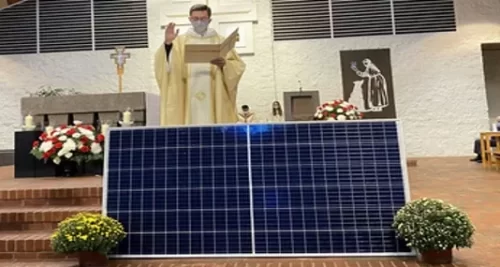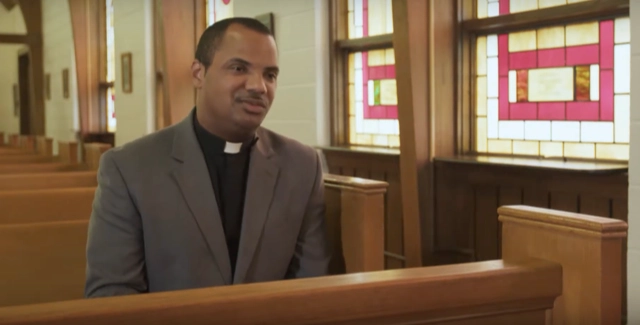Reflecting the Sacred Through Our Creation Care Practices: ICCT Announces Results of Earth Friendly Practices Survey

Many of our faith communities have responded to a survey detailing their earth-friendly practices. We are happy to present you with the collected responses, along with a dynamic map locating the congregations that have responded.
For as long as houses of worship and prayer have existed, from the simplest to the most extravagant, they have sought to inspire reflection, wonder, and reverence in those who gather there. How the space is laid out, how the light and shadows fall, the images or designs worked in glass, wood, and stone—these are some of the familiar aspects of our sacred spaces. But that’s just the design. We know that a space becomes sacred because of what is practiced there.
Today, as the climate crisis calls us to consider what it means to be good stewards of creation, it also asks us to consider how that sacred care can be reflected in where we worship and what we do there.
ICCT is happy to report that earth care practices are bubbling up throughout the 90 ICCT faith communities—from solar installations and upgraded HVAC systems to rain gardens and creation care prayer services. From the modest to the more elaborate, all of these matter.
Join us!
If you feel called to engage your congregation in creation care work, or if your community is already doing such work, we want to hear from you! Take our Earth Friendly Practices survey. It is designed to suggest, collect, and share the creation care activities and projects of area faith communities.
Additional resources on the results page also allow you to read about the inspiring work of those who have already filled out our survey, and reach out to other faith communities via our contact form: learn about their projects and practices and share information and expertise.

“Cracked stained glass windows have been repaired and other energy efficiency upgrades have been made, including the installation of low emissivity (Low-E) glass on the exterior of the windows, new ductwork, a more efficient HVAC system, on-demand hot water and LED lights . . . . These upgrades will, over time, save the congregation money and allow them to live with a clear conscience that they can do something positive when given the chance. — Rev. Jemonde Taylor, St. Ambrose Episcopal Church




